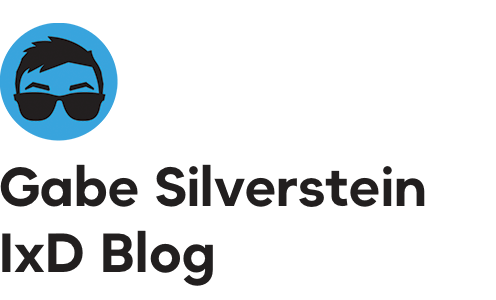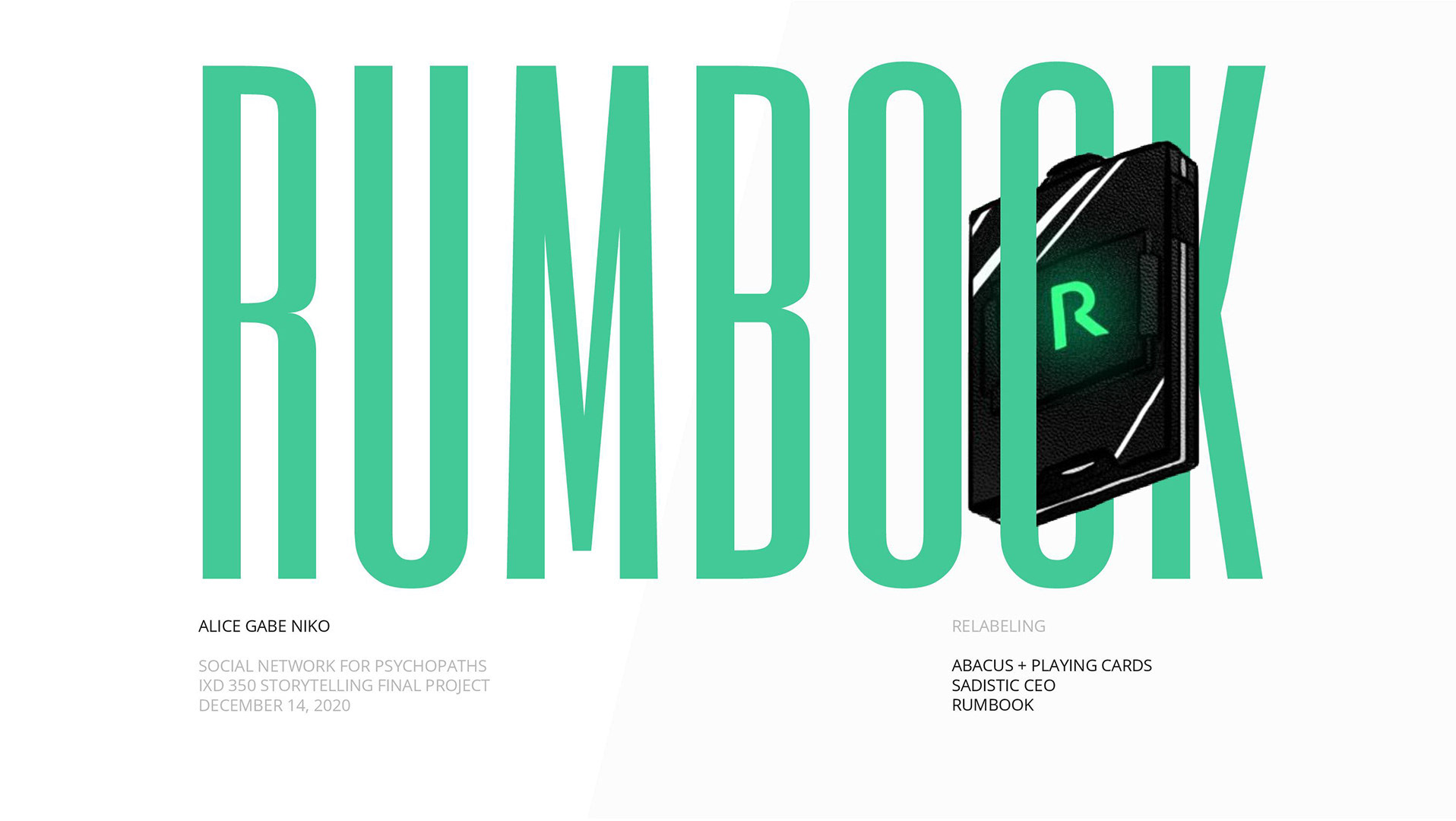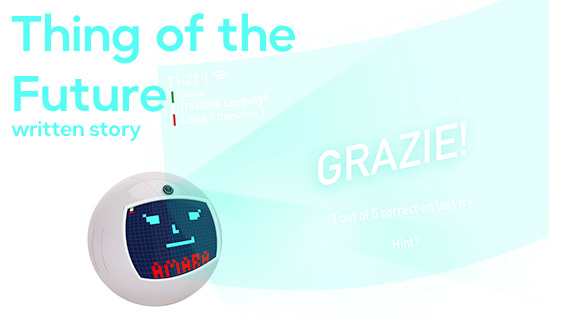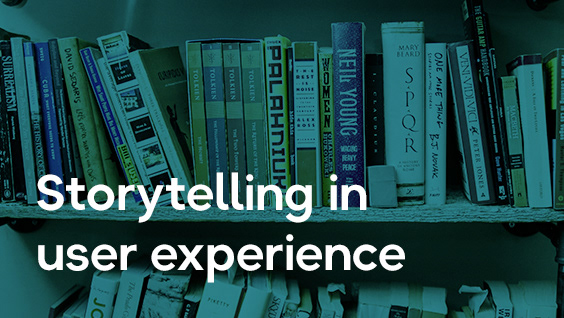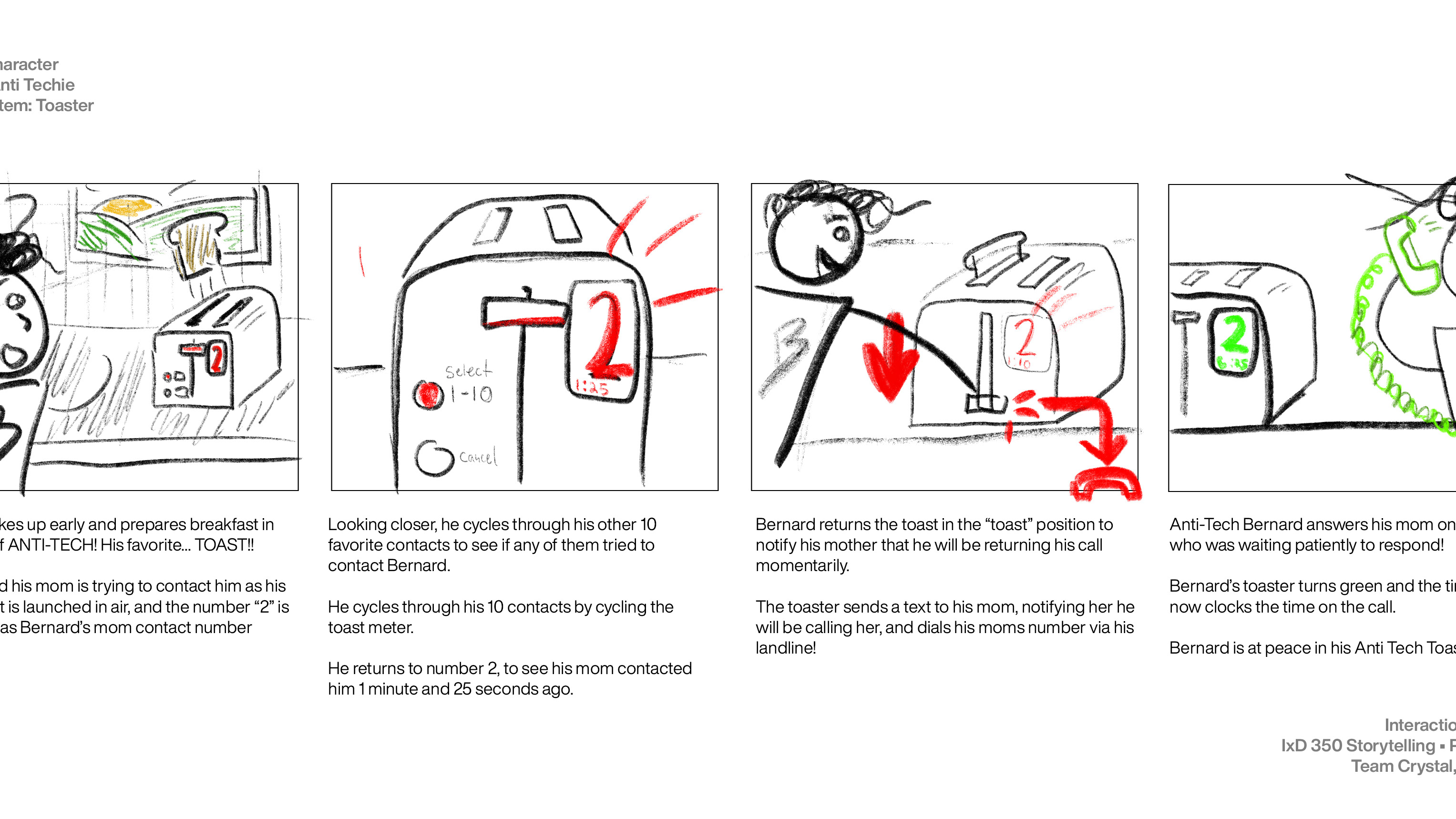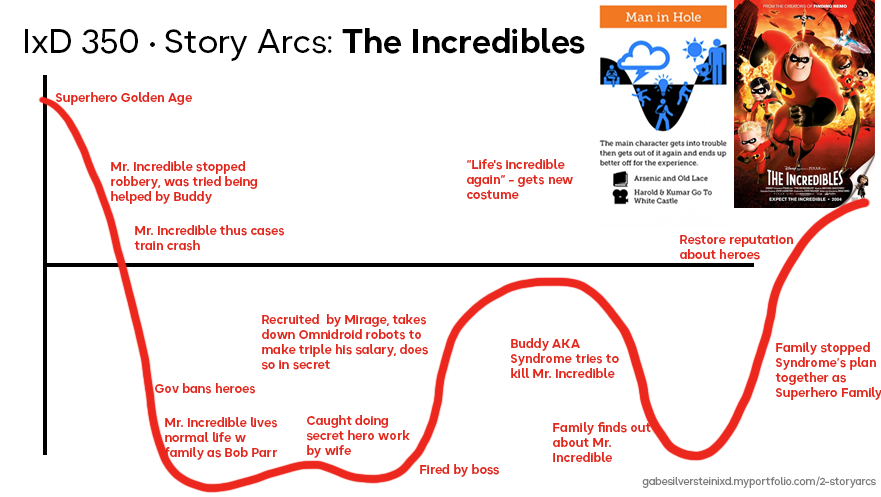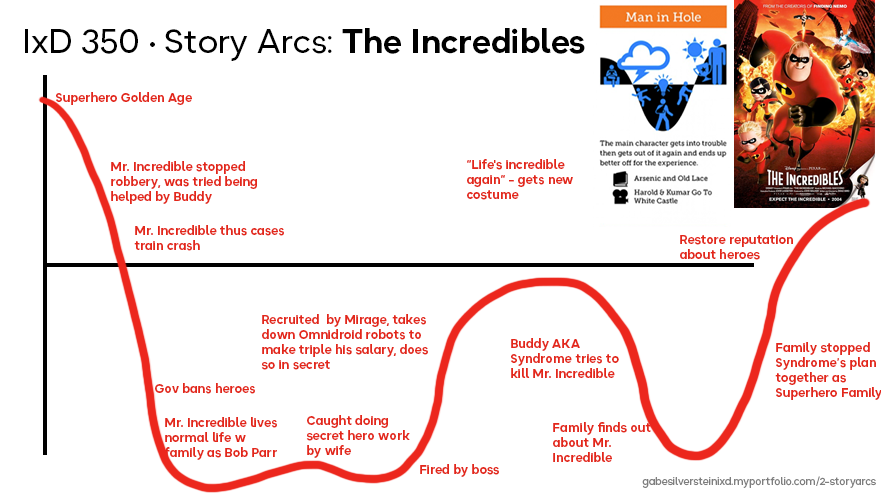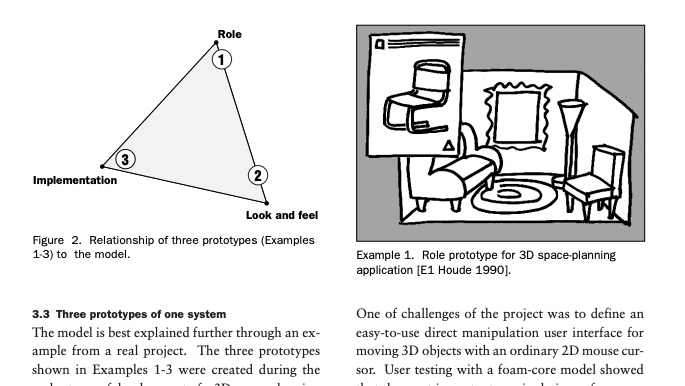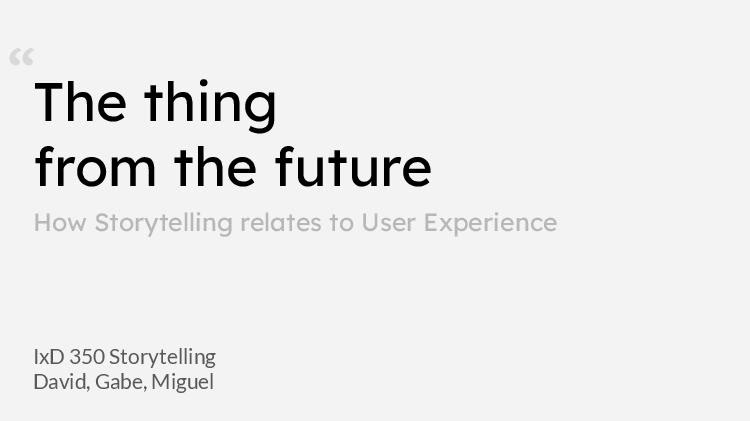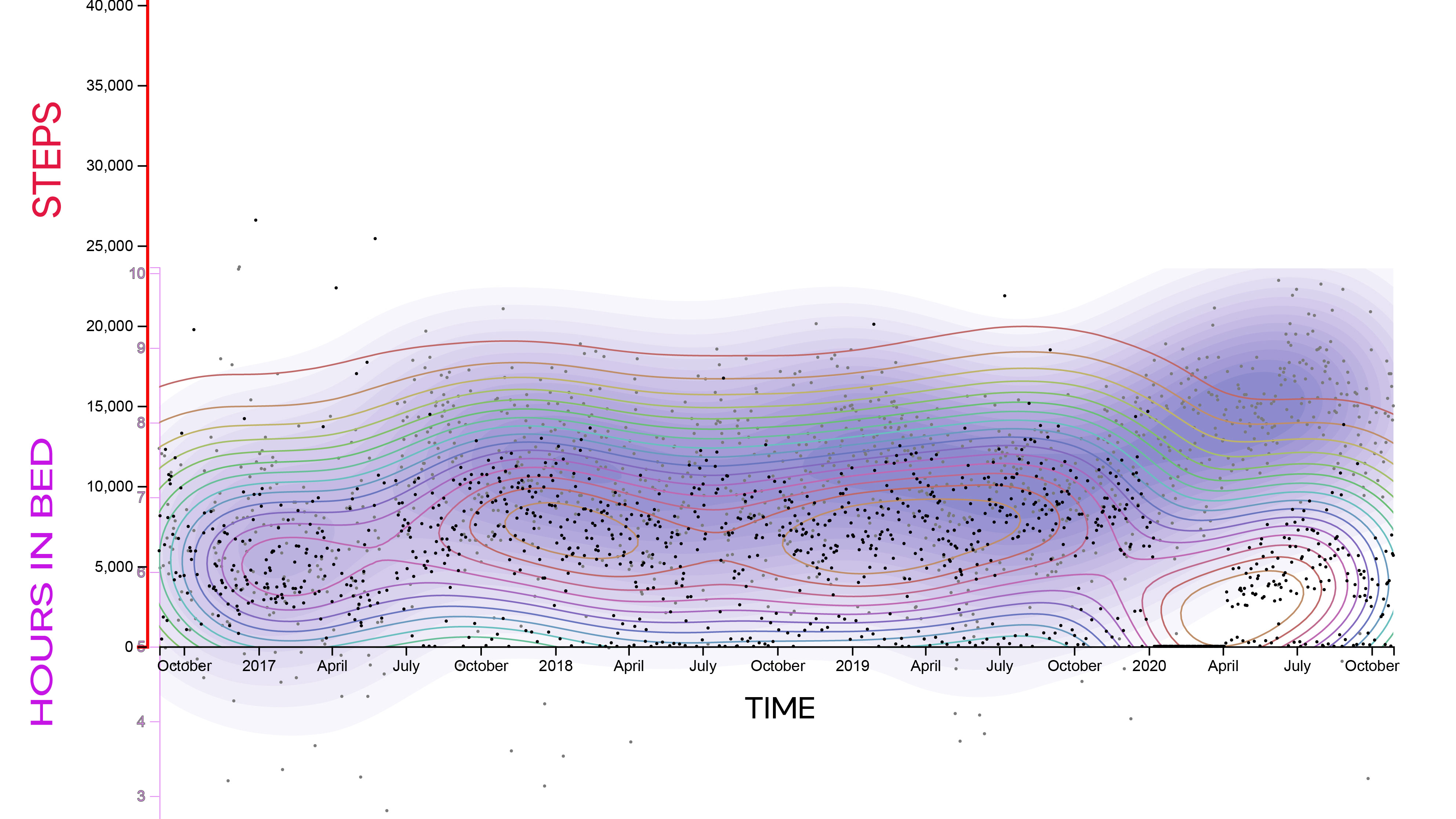Reflections on design article titled: "Interaction Relabeling and Extreme Characters: Methods for Exploring Aesthetic Interactions"
The design article entitled "Interaction Relabeling and Extreme Characters: Methods for Exploring Aesthetic Interactions" explores a facet to designing for a particular user or character that I never thought of before. The article describes the design concept "relabeling" essentially giving an object that has one common function (e.g. a toy gun) and repurposing it as a tool for another function (i.e. using the gun as a way to manage appointments, each bullet is an appointment, firing starts an appointment, unloading clears etc.). The article applies this concept of relabeling to other use - to relatable objects associated with a "extreme user", an atypical user with extreme needs, and using them to better help that user manage their appointments. For example, a woman with multiple boyfriends who uses a fan like interface to keep track of her boyfriends needs etc, all in a discreet, fitting way for her.
I found this article to a fascinating outlook in designing for a typical 'user'. Although, having a typical user in mind, there can be new design possibilities, features and opportunities when an extraordinary user set is accounted for. For example, I think this design thinking can be applied to a music app Spotify, which I often praise for it's well thought out UX and UI. A typical or average user may simply want to listen to music, podcasts and manage playlists but a more advanced user may want to adjust EQ, and a super audiophile may want something so particular that they use another app entirely. That missing feature may be keeping that user away from using Spotify.
Personal Design Research Exercise - Pain points in my life:
- Circumstances around the paint point,
- My emotional reactions
- Current way of dealing with the issue
- Circumstances around the paint point,
- My emotional reactions
- Current way of dealing with the issue
In this insightful personal research exercise, I first brainstormed several key pain points in my life. First I thought internally, with counter productive thoughts, ranging to more external paint points with relating to people, places or things (devices, workflow pain pints etc. ) that may notable pain points of discussion.
After my brainstorming session I identifies several pain points on around a weekly basis.
Some pain points I identified:
1. Self doubt in something and thinking I may not be able to complete something desired
2. Phone Support, and wait times/music and getting the answer I need
For my first pain point, some circumstances that surround this mode of thinking may be a continuous trial of a certain solution, to no avail. This along with fatigue and working on a certain solution for a long time, causes a sense of internal doubt and frustration of trying to complete a particularly difficult task or problem.
My current emotional reaction would be a sense of doubt or frustration. However, I often flip this emotional response with a different, opposite emotions of empowerment, focus, and confidence.
My current way of dealing with the issue is to always take a step back, take a break and let the mind open up and relax. I often find, and in my meditation, that the best way to harness creativity is to not force the mind. Just the other day I was working on a Javascript assignment, and was trying to animate a box to return to its original position. After I thought I completed the assignment I realized that the program did not function properly. However initially frustrated and a bit doubtful, I flipped these emotions by taking a break and looking at the problem with fresh eyes. I was able to solve the problem by taking a wholistic approach, from the ground up and speaking the problem out loud.
For my second paint point of calling help support, some circumstances that surround this pain point would be firstly, a need to call a tech. This is often when there is not any chat help, or I need a more immediate answer to a real life person that needs to address a very particular issue. Additionally, an extended wait time is a big part of this pain point, and it bothers me frequently, especially when I choose to wait in silence but every 5 minutes a lady yells out "Thank you for waiting, a friendly support person will be with you...". Often there is a sound that precedes this which makes me focus on the call, only to realize it is the machine again.
My emotional reactions to this wait times is often frustration, especially when I get transferred multiple times or I get someone who clearly does not understand my issue.
My current way of dealing with long wait times is to either use the website "gethuman.com" where I input the company I am trying to reach and my phone number, where they are supposed to call me back directly when a live human is on the other end. However, this often does not work so my go-to method is to put the call on speakerphone or use a wireless headset. Then I am free to do work, clean up, or do other productive things while I wait for my call!
